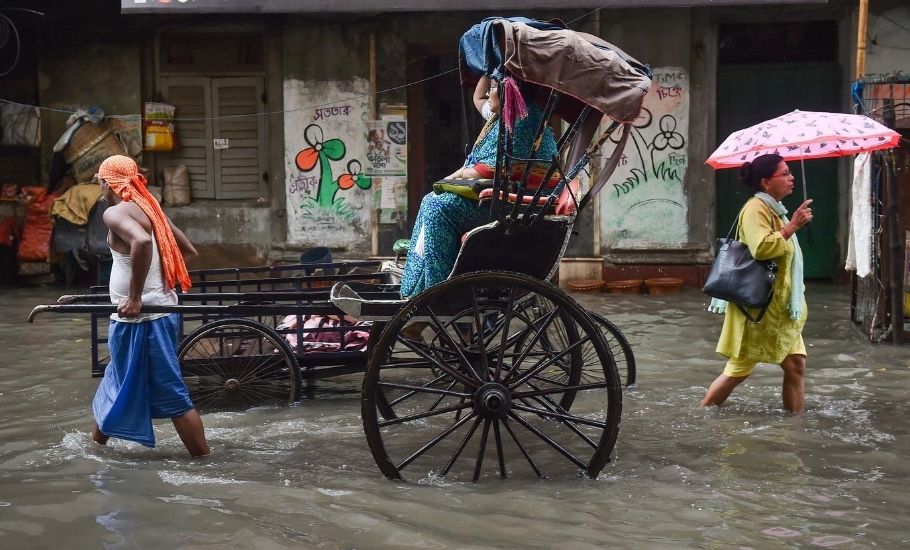
Water bodies in Kolkata disappear due to lack of surveillance system
Water bodies across Kolkata continue to disappear due to lack of proper surveillance as the water body management information system devised one-and-a-half years ago is yet to become fully operational.

Water bodies across Kolkata continue to disappear due to lack of proper surveillance as the water body management information system devised a year-and-half ago is yet to become fully operational.
According to the Kolkata Municipal Corporation’s own estimate, there are now around 3,500 ponds and water bodies across the city. The number was more than 8,700 three decades ago, which means in a year more than 150 water bodies are disappearing from the city for construction and other so-called development works.
Also read: Piped water in all urban areas: Govt likely to announce major scheme
The vanishing of water bodies is leading to growing problem of flooding and waterlogging in the city. Every monsoon, a large part of the city remains waterlogged for days after a spell of heavy downpour in the absence of adequate number of water bodies to absorb excess water.
To protect the water bodies, the KMC on August 19, 2019, decided to develop the water body management information system (WBMIS) with an “exhaustive data base of each and every water body having a unique ID number”.
The corporation proposed to keep a tab on these water bodies through 24X7 drone surveillance. “The complaint monitoring shall be done by drone with connectivity facility with the control room of the WBMIS. A dedicated control roll shall be equipped with adequate apparatus for the surveillance system and shall be manned 24X7,” read a circular issued by the municipal commissioner’s office one-and-a-half years ago.
“The drone shall have night vision camera and streaming facility so that the real-time situation can be monitored from the control room,” it further read.
More such tall claims had been made in the circular. But corporation sources said no such steps for the surveillance had been implemented so far.
Also read: Bhutan rejects ‘totally baseless’ reports on blocking water to Assam
“The surveillance system has not been put in place. Even the cycles which were supposed to be given to contract workers of the corporation’s environment and heritage department for ease of physical inspection have not been provided yet,” the official said.
In the absence of surveillance, water bodies are rampantly encroached, the official admitted.
Even the East Kolkata Wetlands, a Ramsar site designated as world heritage, is not free from encroachment.
According to corporation sources, there are more than 350 FIRs filed against encroachment on the sprawling wetlands spread over 12,500 hectares.
Last year, before the outbreak of the Covid-19 pandemic, a drive was launched to demolish and evict illegal structures on the wetlands, the official said. But in the wake of the pandemic, the drive came to a halt.
A few buildings were demolished during the drive, but there are still hundreds of illegal leather processing and plastic recycling units encroaching the water body.


